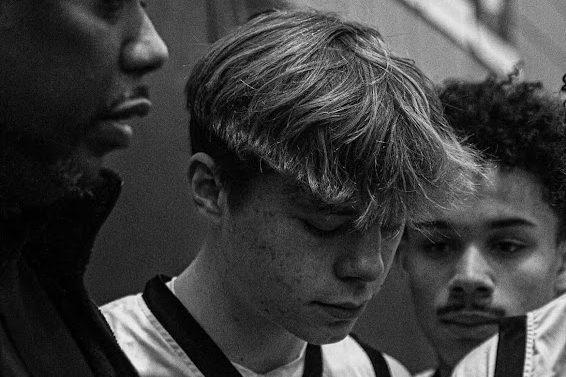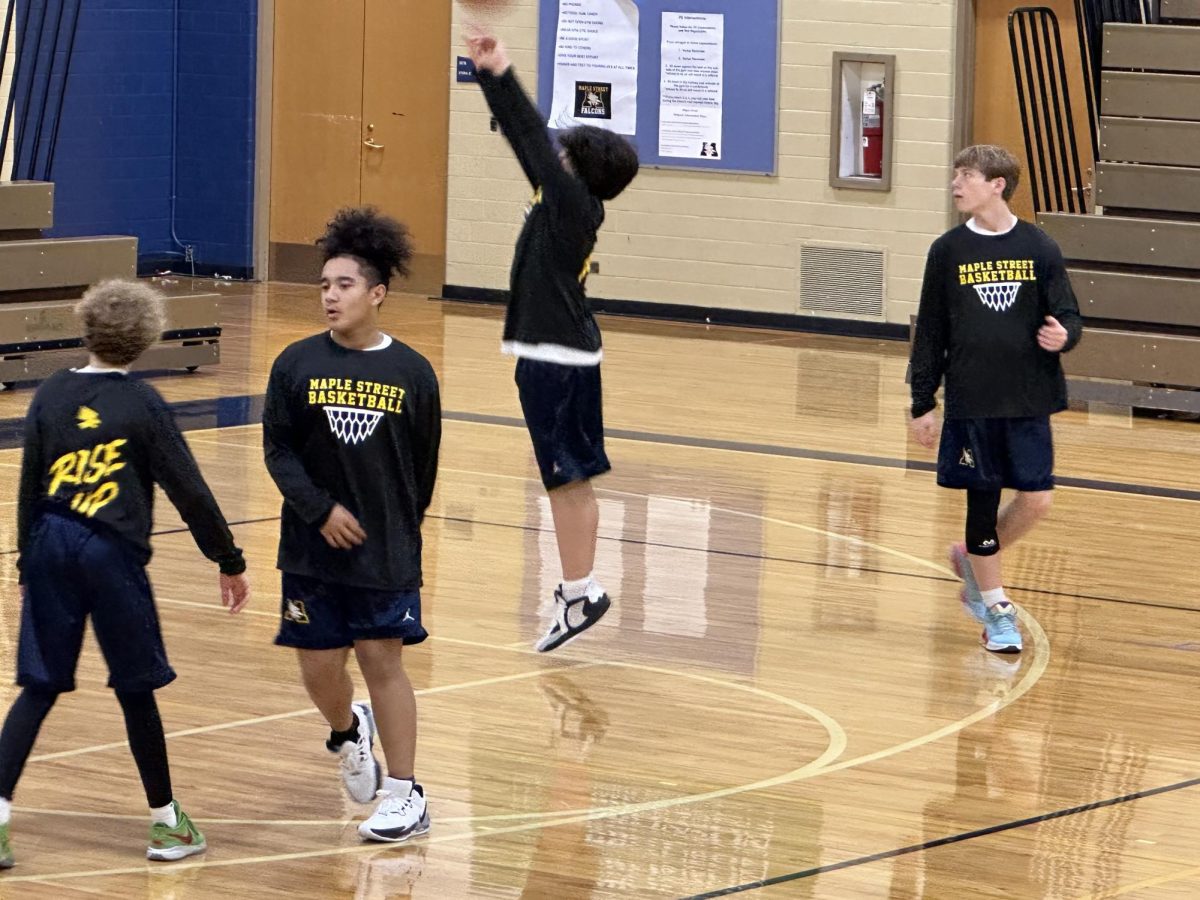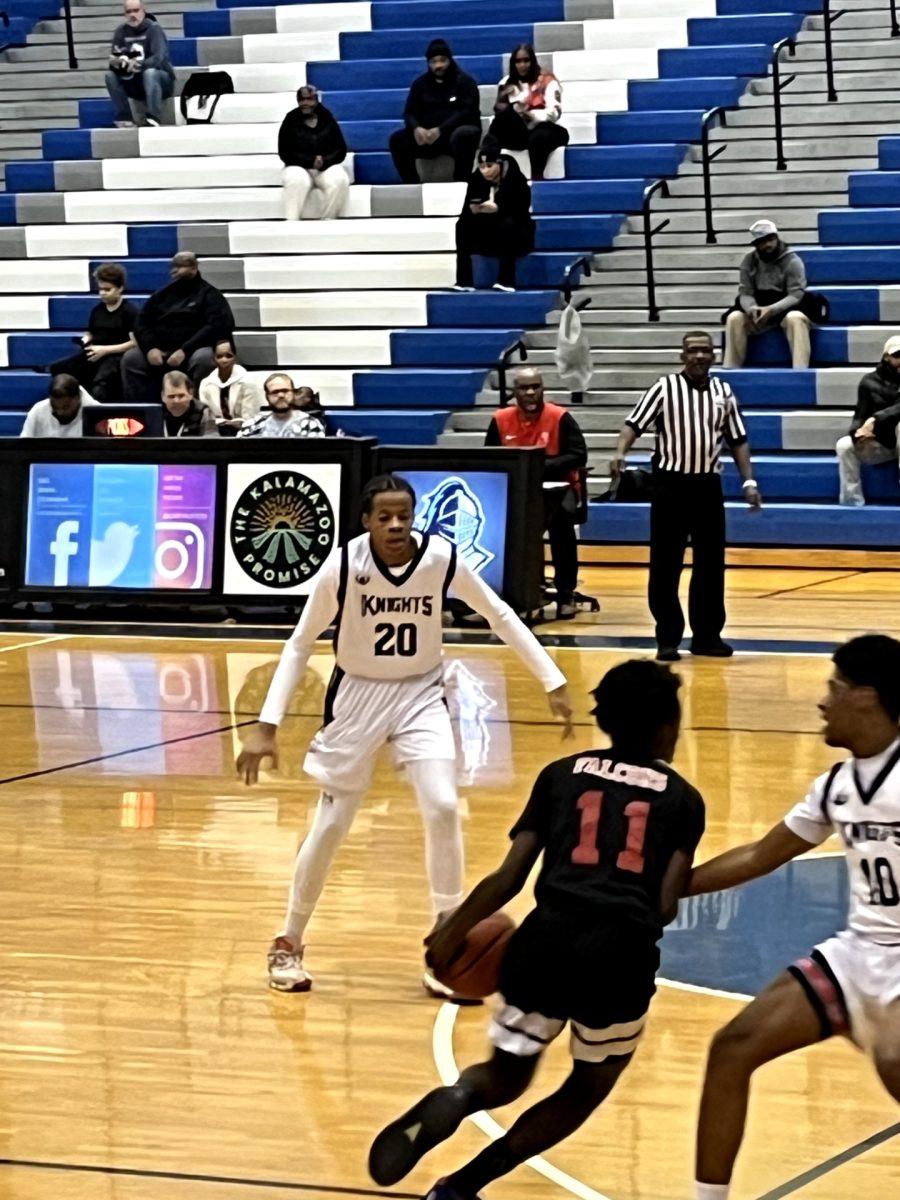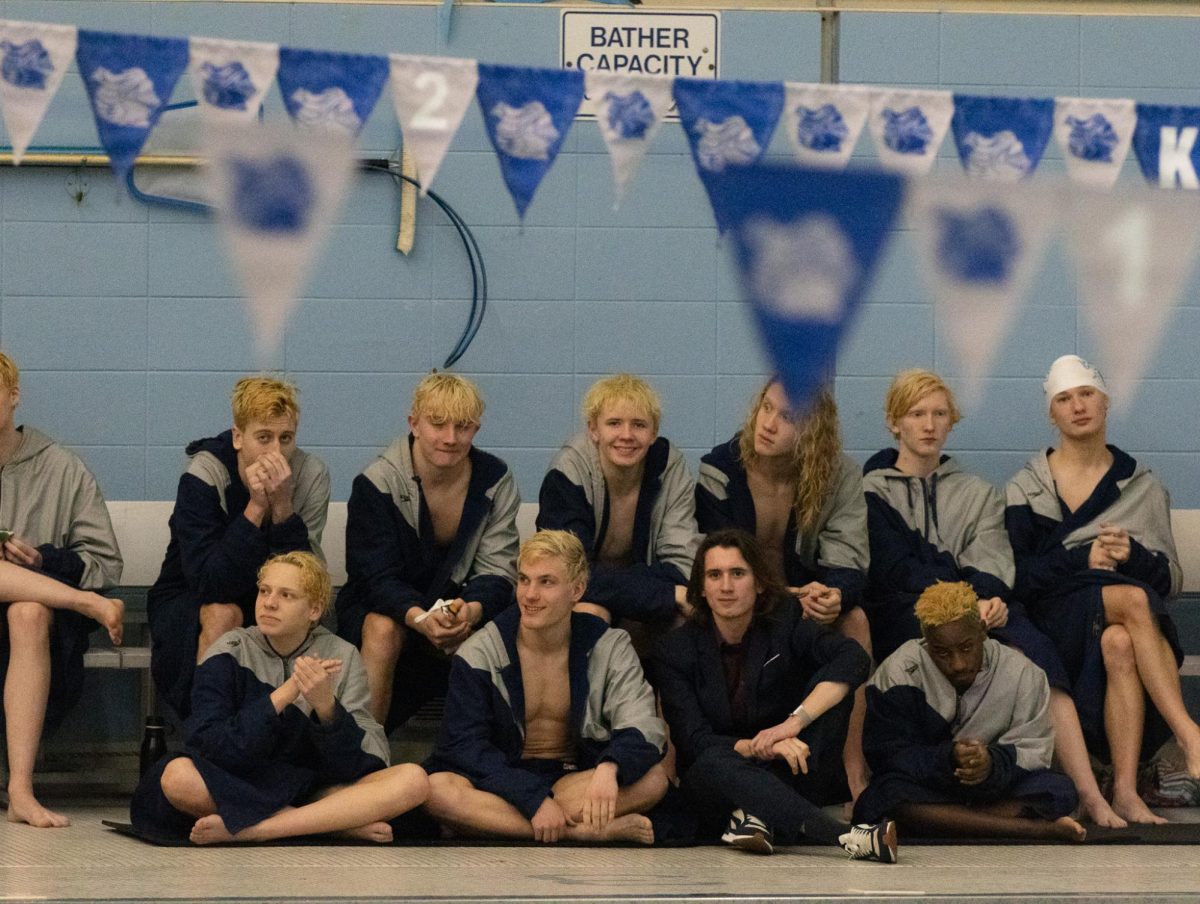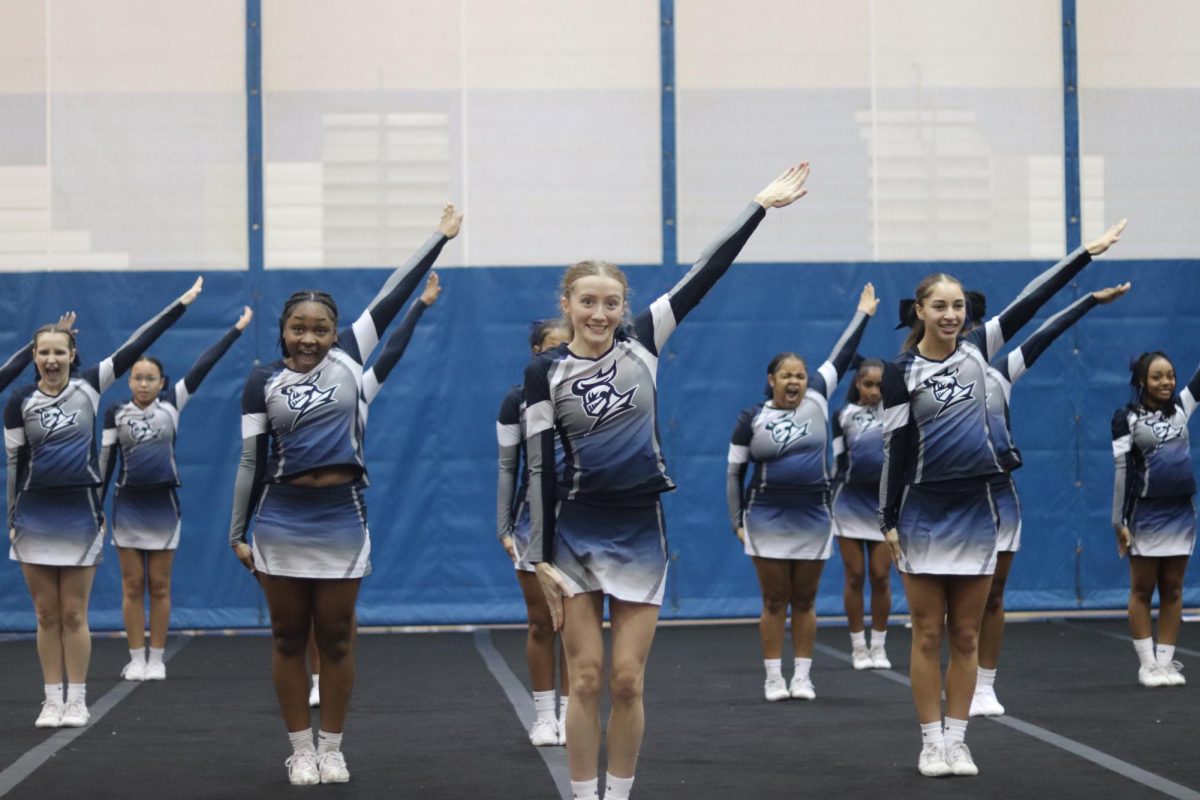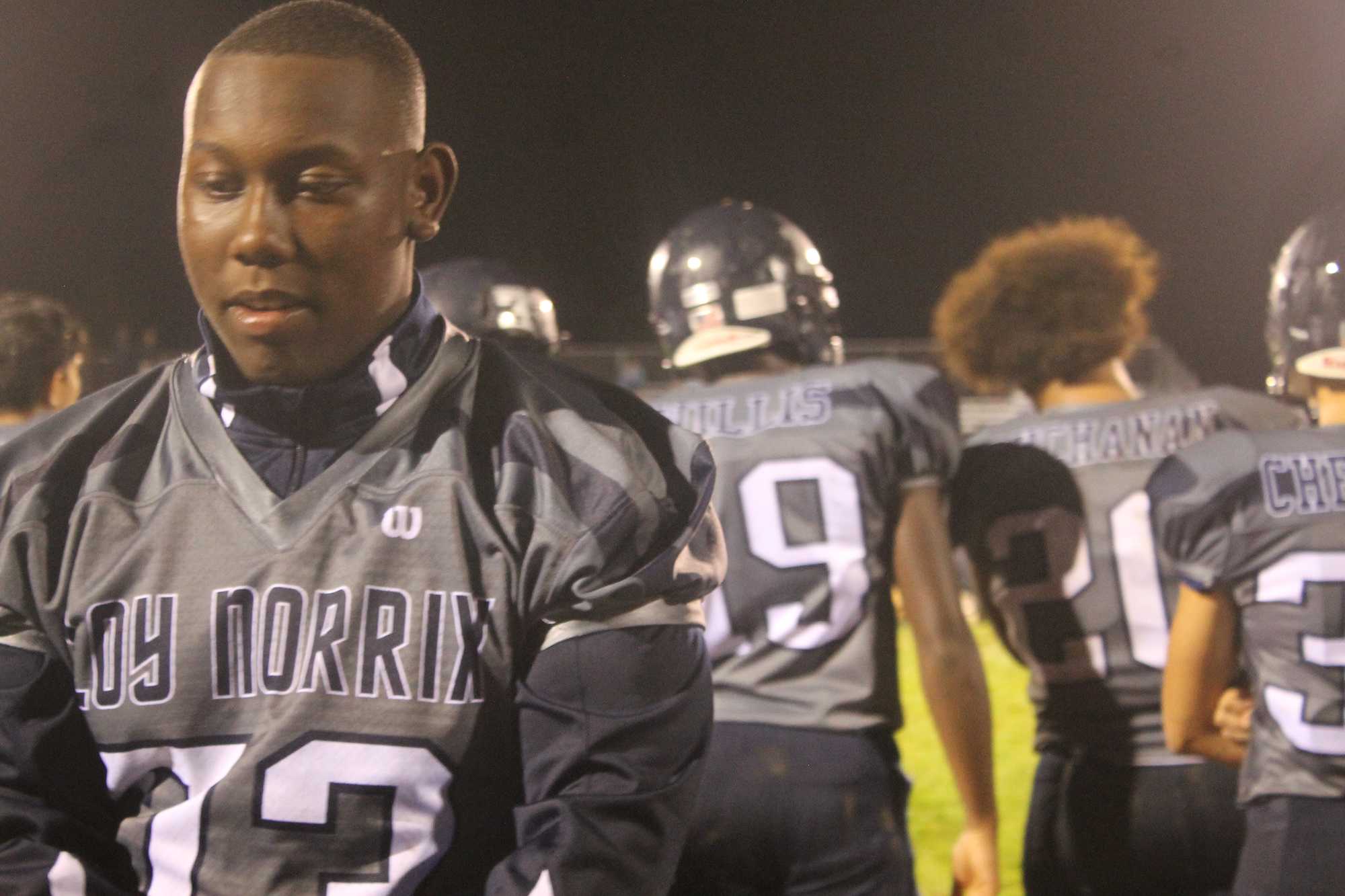
Sweat and tears run down an athlete’s face as they lay on their back, unable to stand. The trainer rushes out and kneels down beside them trying to figure out what is wrong.
Injuries occur all the time for athletes. Roughly two million injuries a year are accounted for by high school students in the United States, according to statistics compiled by Stop Sports Injuries. Some are more severe than others, but they all have a lasting effect on the player.
“I’m worried about re-injury and hope that I can completely play next season,” said junior football player CJ Washington.
Washington tore his meniscus, a ligament in the knee, before the season began.
Most recently in the NFL, Detroit Lions’ wide receiver, Calvin Johnson Jr., retired due to the physical toll football took on his body.
“Based on the way that my body felt, the way I felt mentally and all those things working together, I wanted to not have those problems later,” said Johnson in an interview on his retirement with Entertainment and Sports Programming Network (ESPN) 60.
Athletes at Loy Norrix High School often deal with a similar dilemma when they suffer a major injury. The decision to continue playing is a stressful one. The athlete has to consider how sitting out will affect themselves and the team.
There are all different kinds of sports injuries and each injury has its own effect on the athlete. Injuries include: broken bones, torn ligaments, strained muscles and sprained ankles, as well as many others not listed. The most common injuries student athletes suffer, according to a study conducted by DISC Sports and Spine Center, are those related to the knee.
Playing injured is something that Loy Norrix sophomore Kamryn Stratton, a women’s soccer player, has done before. In the past two seasons she was physically unable to play due to the tearing of both of her ACLs. The ACL is a ligament in the knee. She was not able to play with that injury, but she has played on sprained ankles before. Sacrificing her physical well being was something she was willing to do for her team.
“I love the sport and didn’t want to feel left out,” said Stratton.
This mentality has forced many young athletes into decisions that nobody their age should have to make: continue to play and potentially create a lifelong injury, or step back from something that is very important to them. Senior volleyball player, Hana Lee made this decision.
“I hurt my knee powerlifting the summer before my junior year. That was the first time my doctor told me to stop and I didn’t,” said Lee. “Instead of just stopping powerlifting, I continued powerlifting and playing volleyball. I just kept going with all of it. It got to a point where I just could not play anymore and he [my doctor] told me, ‘you’ve done it, you can’t ever play again.’”
Sports damage the body in different ways. Volleyball stresses the knees; soccer, the legs; and football affects the whole body. Sitting on the sideline knowing that they could be helping their team kills athletes on the inside when all they want is to get back on the field and play with their teammates.
“It’s a family, my teammates are like brothers and sisters [to me],” said Washington.
Washington has been out since the first week of the football season due to his knee injury. He hoped to return this season and play in one of the final games but he was not cleared to play.
Sitting on the bench with an injury is no easy feat for any athlete. Athletes want to play. Athletes want to feel needed and they will do anything and everything to get back out on the court or field.
“It sucks, I wanted to just cry sometimes,” said Stratton.
Not playing because of an injury mentally affects student athletes. They have more time to spend on school but they feel like something is missing.
“I feel like a lot of my motivation is gone, and I feel like there’s a certain mindset that comes with being a student athlete that I just don’t have anymore,” Lee said. “I feel like in being a student athlete you feel extra motivation to be on top of your game all the time and act right and represent your whole team by going beyond people’s expectations.”
When an injury occurs, the rebound is the hardest part. The mentality is not the same. Players begin to doubt themselves as athletes. According to Association for Applied Sports Psychology “athletes may be ready physically [to return to play], but are not prepared mentally to return, which could result in: decreased confidence leading to a decline in performance, re-injury or further injury, feelings of stress and anxiety due to lack of confidence in their physical condition, or a fear of injury and fear of returning to play.”
Both Stratton and Washington reported feeling out of shape in the process of their return.
“I doubt my skills because while everyone is working on the off season, improving their playing I’m still working on getting my knee better and not focusing on them, and I will be behind everyone else,” said Stratton.
Any athlete that has had a major injury that puts them on the sidelines understands these feelings. An injury can be more damaging to an athlete’s mind than their body. Sitting on the bench is no easy task for an athlete. It takes a lot to watch knowing they can’t make a difference at that point in time.
Being an athlete is a lifestyle. Whatever sport the athlete plays, it takes their time and commitment. It is a social environment that is comfortable to them.
“Not playing volleyball has made me feel really lethargic and sad not being on the team anymore,” said Lee.


